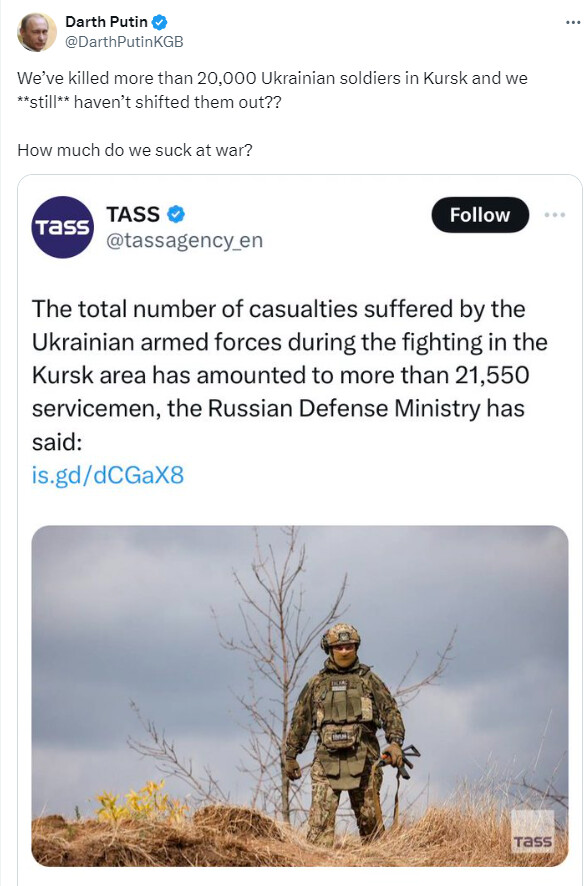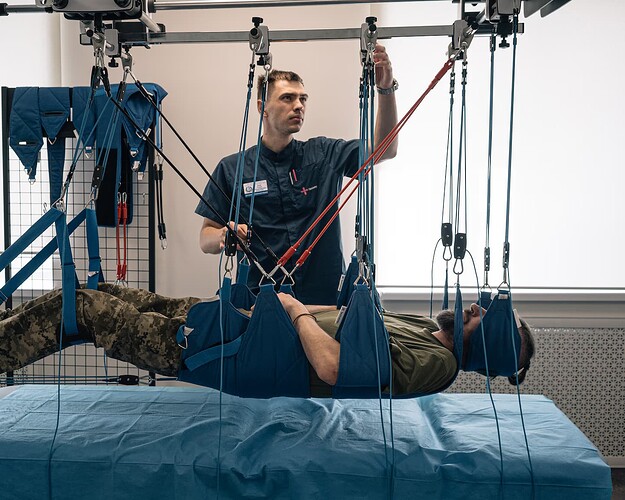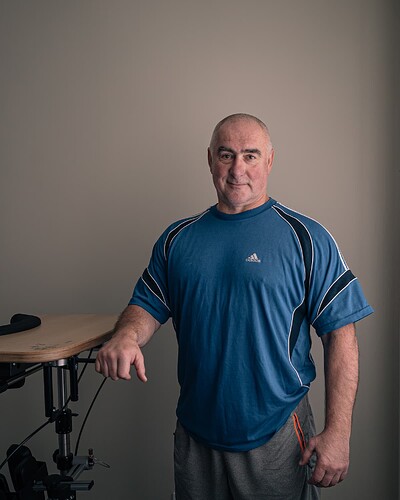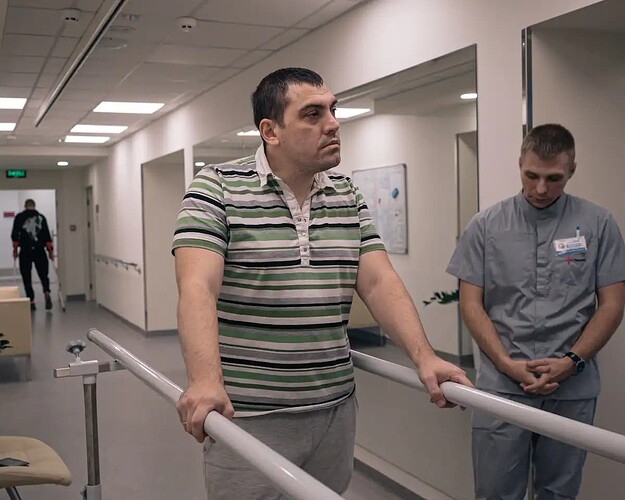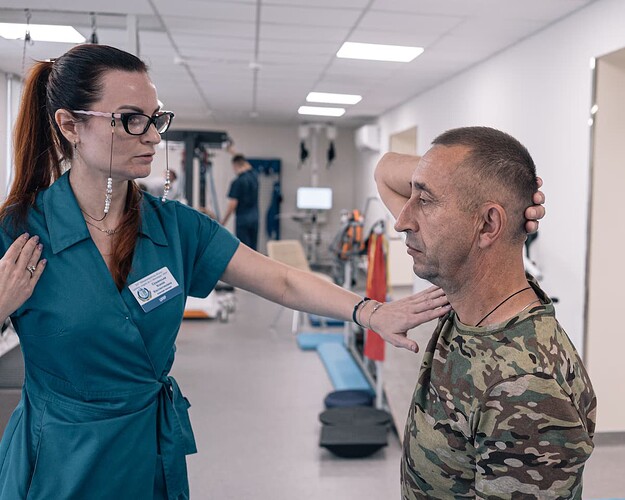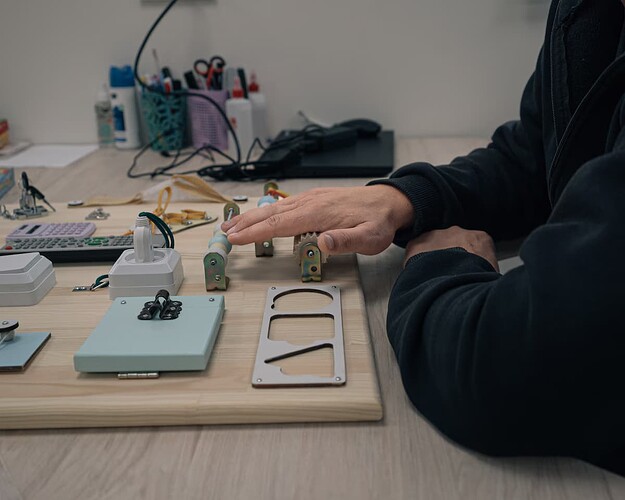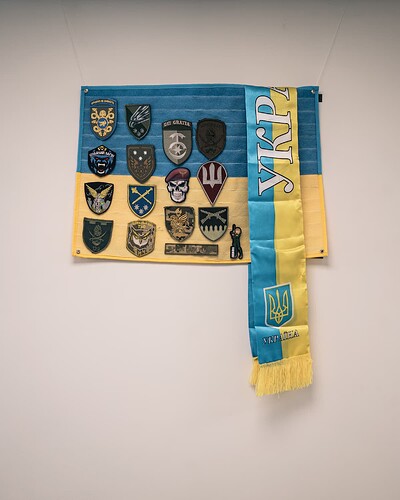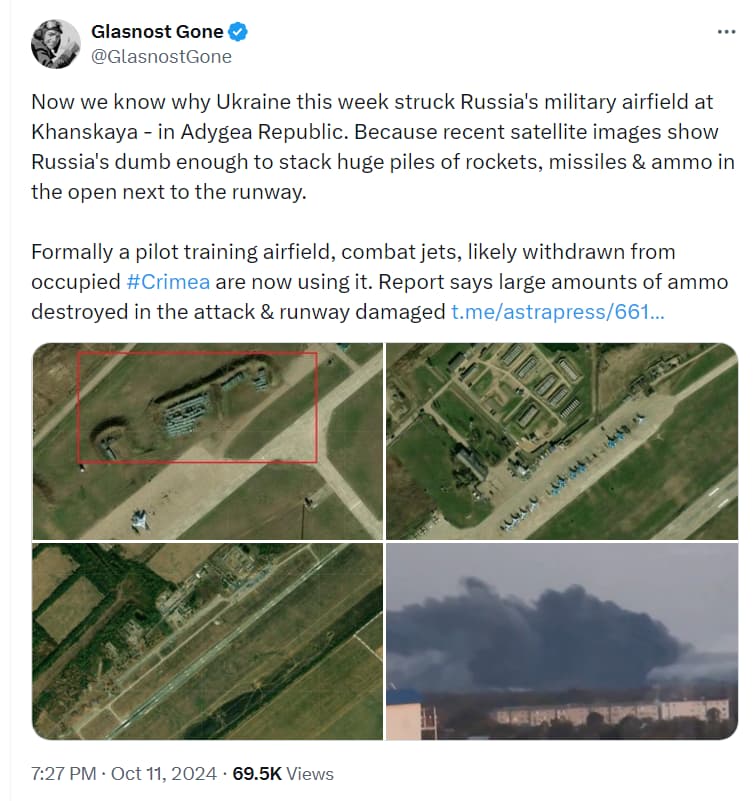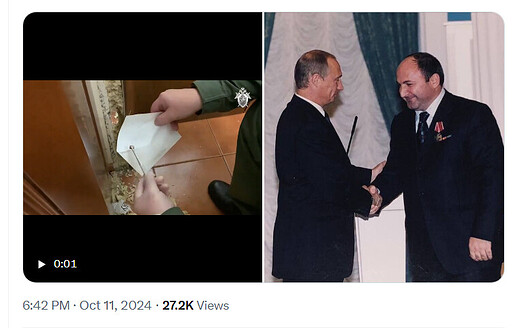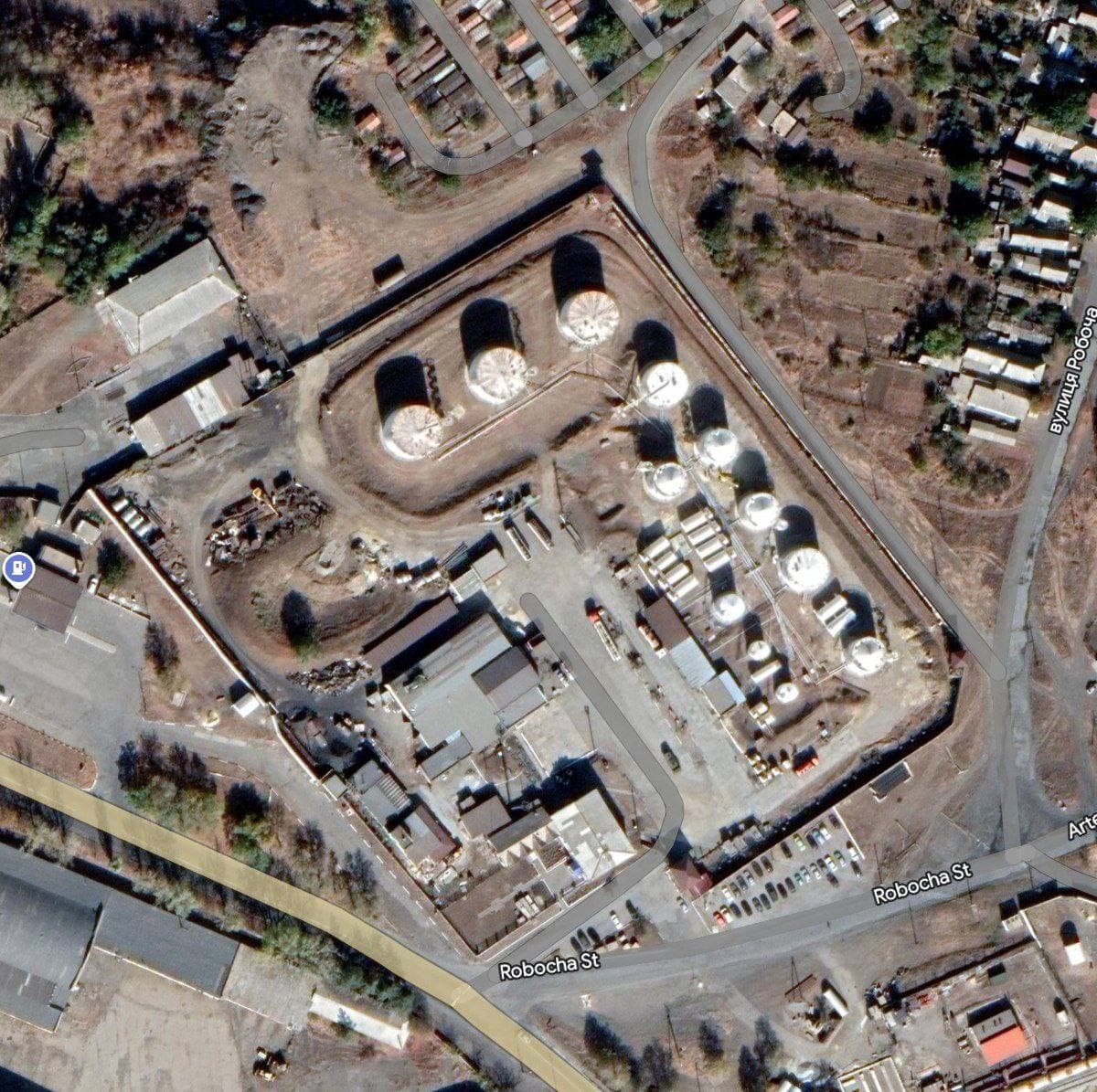Now I need to watch a few Seagal episodes of So Bad It’s Good
Why would you do that to yourself?
I have seen one Seagull movie and have no wish to see any more.
Not sure you get the SBIG vibe.
That is okay, l am fine with not wanting to get that particular vibe.
Too late, I’m heading over to your house and we’re doing this.
I’m going Russia on you, but my tanks are pure Sifu.
Benny40 shouldn’t have provoked me by doing whatever unrelated act I’m now going to push into social media conspiracy melting pots as some tortured justification.
Too late, I’m heading over to your house and we’re doing this.
Okay. I live in Traralgon but will be out most of the day. That should leave you enough time to get down here, but if l am not home when you get here, just leave a note. Cheers.
Oh cool, sounds like a strategic move into the LaTrobe Oblast, about bloody time too.
But its Casey Ryback Cap. The chef.
11/10 would watch that!!
The only dog Steven Seagal would own is a hot dog, and he wouldn’t own it for long.
In recovery centers, Ukrainian soldiers work to get back to the fight
Soldiers with pulverized bones and gunshot wounds have come through these facilities, with many focused on getting back to the front to stop the Russian advance.
A Ukrainian service member undergoes physiotherapy Tuesday at a rehabilitation center in Dnipro, Ukraine. About 16,000 soldiers have gone through 13 rehabilitation centers established since 2022. (Alice Martins for The Washington Post)
October 11, 2024 at 4:00 a.m. EDT
DNIPRO, Ukraine — The artillery blast took Oleksandr Zaichenko off his feet and surged through his brain and spine like a thunderclap. But his only priority, as the dust and confusion swirled around him, were his men who lay wounded at their howitzer position.
Zaichenko, a 58-year-old company commander, oversaw the medical evacuation of his soldiers last month near Pokrovsk, following the Russian artillery barrage. But soon after, his eyes lost focus. He stumbled and vomited. It was no mystery what was happening. He was experiencing his fourth concussion, perhaps not even his worst, he later recalled.
Zaichenko is among legions of Ukrainian soldiers straddling the middle ground of injury: He took serious wounds in battle, but — with some rehabilitation — can still return to duty. So far, 16,000 soldiers have gone through 13 rehabilitation centers established since 2022, said Olha Rachyba, the director of one such facility in Dnipro.
It is unclear how many soldiers have been wounded since 2022 and how many have returned to duty following rehabilitation. Ukraine’s General Staff did not return a request for comment.
Oleksandr Zaichenko, 58, is nearly done with a month of rehabilitation after experiencing a concussion, his fourth, last month in eastern Ukraine after a Russian artillery barrage. (Alice Martins for The Washington Post)
The industrial-scale war in Ukraine, from artillery to attack drones, is wrecking bodies with explosions and fragmentation unlike anything seen since the 1940s. Soldiers with pulverized bones, gunshot wounds and sheared body parts have come through these facilities, requiring significant care, Rachyba said. A significant number, however, are focused on getting back to the front, motivated by the need to keep staving off the Russian advance or just not let their comrades down.
She described how one memorable soldier wanted to stay in uniform to exact his revenge. An eye for an eye — or in his case, a leg for a leg.
The centers were initially funded by a billionaire couple’s auction of sculptor Jeff Koons’s magenta balloon monkey for more than $12 million and were designed to handle the wounded after they’d been through surgery.
Rachyba said the staff had some wartime experience from treating soldiers fighting in eastern Ukraine before Russia’s full-scale invasion, but the descent into total war brought hard and fast lessons with a high number of complicated injuries. Staff had to go study on their days off to learn more about treating traumatic brain injuries, abdominal wounds, severe infections and other serious wounds.
Olha Rachyba, director of a rehabilitation facility in Dnipro, said staff had some wartime experience from before Russia’s full-scale invasion but have since had to learn more about treating traumatic brain injuries and other complex conditions. (Alice Martins for The Washington Post)
"As a result, both doctors and physical therapists, as well as occupational therapists, had to retrain to handle this combat injury rehabilitation,” she said. While there doesn’t seem to be long waits to begin treatment, Rachyba and others are concerned Ukraine will be not able to absorb the costs of treating profound wounds of many thousands of soldiers in the years and decades to come.
The rehab facility pulsed with activity on a recent afternoon in Dnipro. Soldiers with amputated legs practiced navigating on their new artificial limbs. Others lay in harnesses to help realign their spines after blast injuries. One soldier stood in a corner with a virtual reality headset, navigating a program only he could see.
There is no guarantee wounded soldiers will come out on the other end of care with a green light for continued service. Depending on the severity of their injuries, some may be able to rejoin their unit and resume the same or a similar job. Others may be forced to learn another position that takes their new reality under consideration.
Then there are soldiers who receive what is often a disappointing decision — a medical discharge from the service, sending them on a search for what to do in their post-military life.
Oleksandr Kelbas, regaining his ability to walk, is in that last category.
Oleksandr Kelbas, 42, undergoes physiotherapy in Dnipro as he works to regain the ability to walk after being shot in his right leg last year. His injuries ended his military career. (Alice Martins for The Washington Post
In the tough fight for Mariinka last year, a sniper zeroed in on Kelbas as he settled into his front-line position. The rifle round tumbled through his right leg, and Kelbas crawled out of the kill zone, waiting to evacuate under covering fire from his comrades. He hobbled more than two miles to safety.
Kelbas, 42, gripped two parallel bars and stood on a rubber dome in the rehabilitation center, an exercise to help him improve his balance, and explained the long process to get there. He finished his surgeries in April, he said, and has worked ever since with physical therapists on his recovery.
Vladyslav Solopii, a young physician, watched Kelbas gingerly keep his foothold on the dome. An important requirement for patients entering the program is a goal they want to accomplish so doctors can help them work toward a tangible outcome. One wounded soldier was fond of his job as a grenadier, Solopii said, so the program worked to ensure he could build enough strength back to manipulate a grenade launcher.
For Kelbas, married with children, his objective was independence at home, he explained, so he could remain the patriarch without assistance.
A Ukrainian service member undergoes physiotherapy at the Dnipro rehabilitation center. The centers were initially funded by proceeds from the auctioning of an artwork for more than $12 million. (Alice Martins for The Washington Post)
But others would have a say in what came next. Officials at a medical council weighed his prospects for going back to the military, Kelbas said, and they decided he would need to leave. He had worked as a metallurgist before his service, but thought it was unlikely he could return to that profession.
So what will he do now?
“Continue living,” he said. “What else?”
The everyday part of living with permanent injuries is a key aspect to the program.
One room in the recovery center offers stations to regain motor skills, tailored to real tasks. The kitchen allows soldiers to go through the process of working a stovetop. For soldiers with children, a corner provides practice swaddling toy infants and placing them in a crib. Two soldiers sat at one table that had devices like remote controls and calculators to work small buttons.
Nearby, a 52-year-old soldier had endured numerous surgeries to repair his left arm, which had been shredded in a mortar attack in 2022. It was nearly nonfunctional, he said, and the prospects were dim that he could ever return anywhere close to his original dexterity.
He could only move his arm about four inches from his body, said Oleh, providing only his first name, in line with military protocols.
A service member undergoes therapy to improve fine motor skills at the Dnipro center. (Alice Martins for The Washington Post)
A mechanical device strapped to his arm went through a raising motion to work his muscles. Oleh had waited a long time to begin treatment after his surgeries, and had only been at the center a week, he said. He was already increasing his range of motion. He hoped it can get to a point where he can return to duty and man a machine gun once again.
Zaichenko, the commander, is nearly done with his month-long rehabilitation — a remarkable achievement after repeated head injuries that once threatened to cut off blood supply to his brain. He is still working on his coordination, but stood tall as he described his waiting assignment as the deputy commander of his brigade’s artillery training unit.
He credits his recovery to doctors who take a holistic view of patients and the support of his wife and children, who live in the United States. It also helps that he is a lifelong athlete, he said, and once was a weightlifter who wore the colors of the Soviet Union.
“The country no longer exists,” he said, “but I do.”
Chevrons representing different parts of the Ukrainian military hang on a wall in the Dnipro rehabilitation center. (Alice Martins for The Washington Post)
https://www.washingtonpost.com/world/2024/10/11/ukraine-war-wounded-rehab/
Seagull’s best ever line in a movie (and his only good line) was, “Nobody beats me in the kitchen,” and yet l have never seen him on MKR, l reckon Manu has got him covered anyway.
Ukraine understands that several thousand North Korean soldiers are in Russia training for involvement in the Ukraine war. There are already dozens of NK officers in Ukraine monitoring the Russian side of the conflict.
No NK troops yet seen at the front, but a dozen or so officers were killed in a recent Ukrainian strike.

